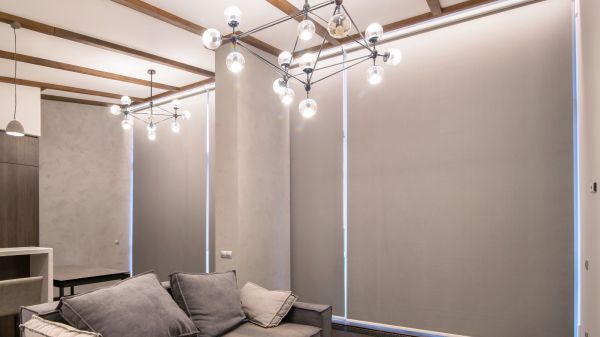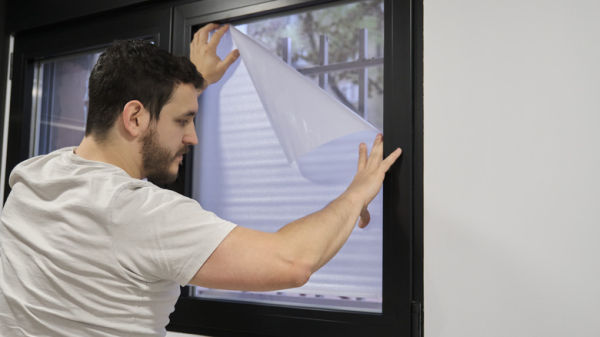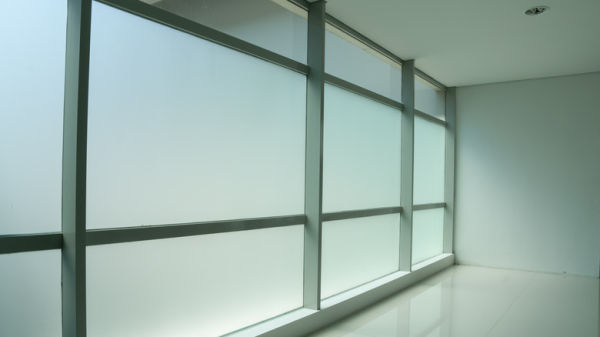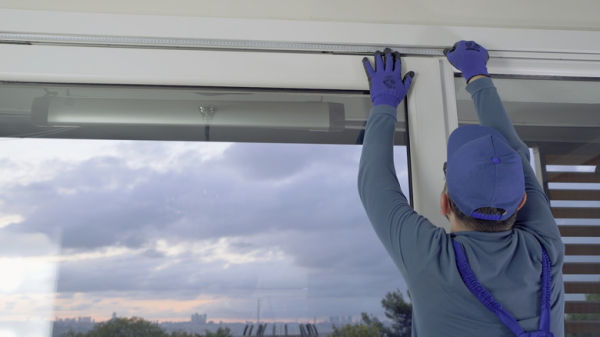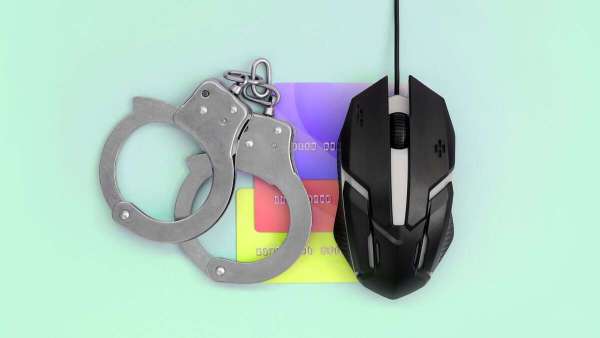Window technology has advanced over the last couple of decades and has led to the introduction of several exciting innovations. Modern windows are designed to save energy, reduce sound, or provide an extra layer of privacy. Among these advancements are smart glass and smart film, which have transformed how we see privacy, energy efficiency, and design. These glass technologies rely on polymer-dispersed liquid crystal (PDLC) technology, which enables windows to transition between clear and frosted at the flick of a switch. When you apply voltage, the glass transforms and alters how much light it lets in, giving rise to this switchable effect. These properties make glass technologies ideal in residential, commercial, and industrial settings.
Advertisement
Smart film and smart glass share the same core functionality and are better than traditional glass in several ways. One of the best features is their ability to provide instant privacy, as they can change from clear to frosted in just 10 milliseconds. Also, these technologies offer space optimization by replacing bulky walls with a glass solution. They also consume minimal energy — around 5 watts per 10 square feet — saving you money on air conditioning while blocking UV rays that could damage furniture. Despite their similarities, smart glass and smart film differ in several ways. Understanding the differences could help make an informed decision about which solution is right for you.
What Is smart film?
Smart film transforms an ordinary glass surface into a more dynamic privacy glass. This material is often referred to by various names, such as privacy film, PDLC film, and switchable window film, all of which describe its ability to shift from transparent to opaque and back again. Unlike smart glass, which integrates this technology during the manufacturing process, smart film is adhesive and can be applied to various settings — sort of like a window tint for cars, except switchable. This makes it a cost-effective and flexible solution for retrofitting existing windows and glass doors.
Advertisement
Like smart glass, the functionality of smart film relies on polymer-dispersed liquid crystal (PDLC) technology. This film contains liquid crystal droplets that are embedded within a polymer layer. In its default state, the film appears frosted because the liquid crystals are randomly oriented light. But, when a user applies electric current, the crystals align in a uniform direction. This allows light to pass through and turn the film transparent. One of the advantages of smart film is its easy installation, thanks to the adhesive backing. Plus, the outer surface has a scratch-resistant coating, which makes it last longer.
Smart film is particularly useful in scenarios where replacing the whole glass isn’t feasible, like in smaller projects. It’s also advantageous on thin single-pane glass panels or locations with high shipping costs for smart glass. Its retrofitting capability and low cost make it a desirable option in residential and commercial settings.
Advertisement
What Is smart glass?
Smart glass technology involves the use sheet of polymer-dispersed liquid crystal film, which is applied and sealed between two glass panels at the factory. This results in a somewhat laminated product. With the PDLC tech already embedded in the glass, installation is easy and similar to a standard glass by a glazier. However, it has to be connected to a power source, with the wiring done by a certified electrician. One advantage of smart glass is its heat benefits. When opaque, smart glass can block heat from escaping and can be one of the best home energy-saving tactics if you don’t want to use solar panels.
Advertisement
The secret behind smart glass lies in the electrochromic technology. Like the smart film, the glass enables dynamic adaptability and transitions between opaque and transparent. This allows users to improve privacy in conference rooms or optimize natural light in residential spaces. The laminated design makes it resistant to environmental factors while making it durable. Cleaning smart glass is also as straightforward as cleaning regular glass — use window cleaning products like Windex.
To top it off, the design makes smart glass a preferred choice for new construction or big renovation projects, especially those where longevity is a key consideration. It’s also suitable for high-traffic areas and humid environments. On the other hand, its low energy consumption and aesthetic appeal make it ideal for modern spaces.
Advertisement
Key differences between smart film and smart glass
While smart film and smart glass leverage the same PDLC technology to switch between transparent and opaque states, they differ in various ways, such as composition and installation. Smart glass is a standalone product and it integrates switchable technology within its structure and is manufactured as one unit. As mentioned, a PDLC layer is laminated between two glass panels, resulting in a cohesive unit. However, the installation requires professional expertise, often during construction — often involving replacing existing windows with smart glass units. Smart film, on the other hand, is a self-adhesive film applied to existing glass surfaces, making it an ideal retrofitting solution. It transforms standard glass into a smart surface without needing replacement, and the installation is simple.
Advertisement
The integration of smart glass comes at a high cost since it requires specialized manufacturing and professional installation, making it suitable for new construction projects. However, smart film is a cheap alternative that doesn’t require a full glass replacement. It can be fitted to a wide range of glasses, which makes it a more practical solution for upgrading windows on a budget. Another key difference is the adaptation. While smart film needs electrical power to transition between transparent and opaque, smart glass provides on-demand privacy through adaptation to light, heat, or electrical current.
Also, because of its one-unit design, smart glass offers a more polished aesthetic, which is suitable for modern architectural projects. The performance of the technology is consistent because it functions independently of existing glass quality. Conversely, the final appearance of the glass after installation of the smart film depends on the quality and condition of the base glass. In the end, smart film may not achieve the same sleek finish as smart glass does. Still, it delivers a more contemporary look and effective functionality in most scenarios.
Advertisement



